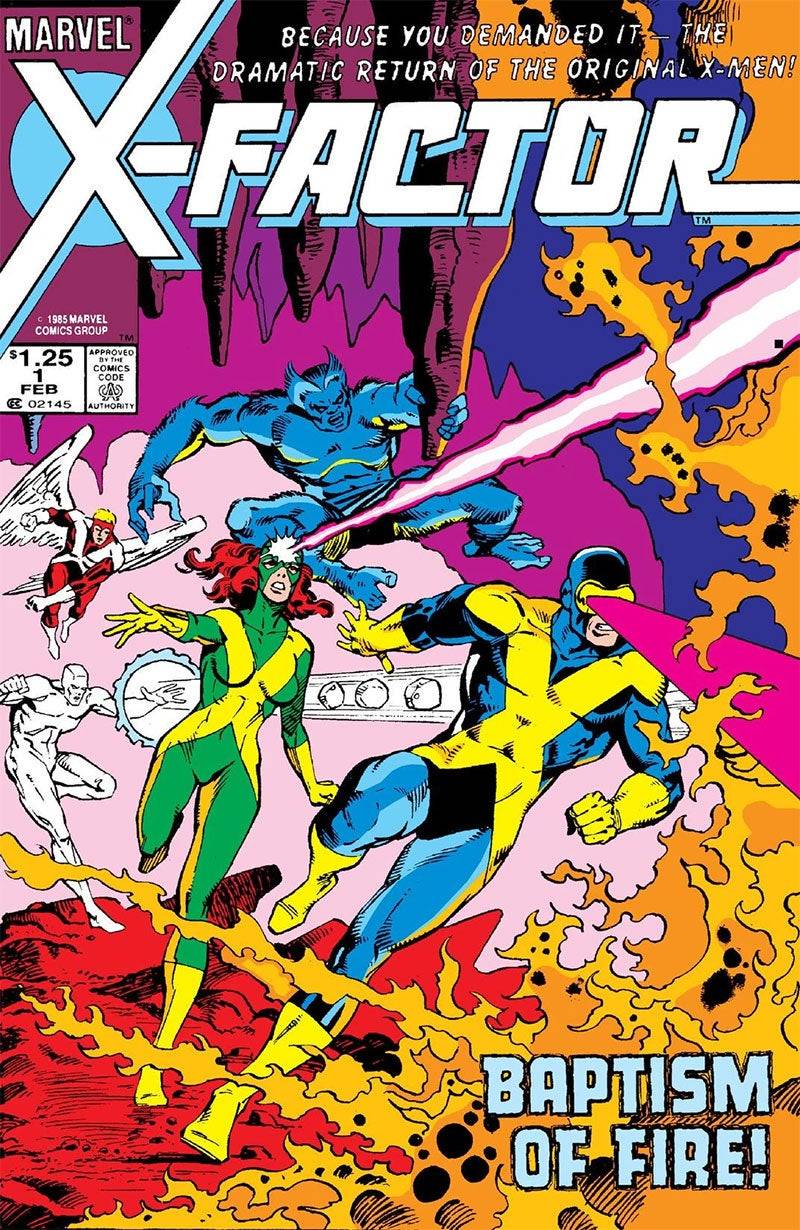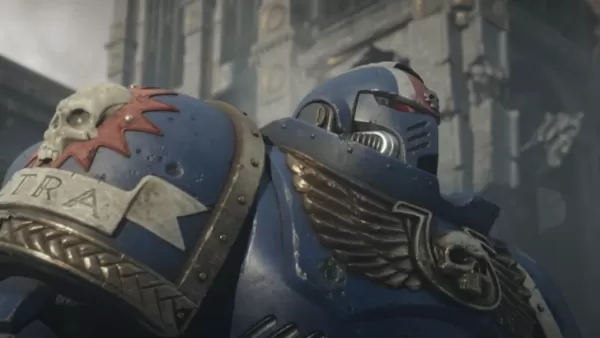The mid-1980s marked a golden era for Marvel Comics, both creatively and financially. Following the tumultuous financial period of the late 1970s, which was alleviated by the success of Star Wars, Marvel was poised to revolutionize the comic industry with the launch of Secret Wars in 1984. This event not only transformed the Marvel Universe but also had far-reaching effects on the industry as a whole, setting new courses for Marvel's heroes and villains that would resonate for years.
During this time, Marvel produced other landmark stories such as Frank Miller's Born Again arc in Daredevil, the return of Jean Grey in X-Factor, and Walt Simonson's Surtur Saga in Thor, among others. In this article, we delve into these pivotal narratives and other significant stories from the same era. Join us for Part 8 of our exploration of Marvel's essential issues!
More Essential Marvel
1961-1963 - The Birth of a Universe
1964-1965 - The Sentinels Are Born and Cap Dethaws
1966-1969 - How Galactus Changed Marvel Forever
1970-1973 - The Night Gwen Stacy Died
1974-1976 - The Punisher Begins His War on Crime
1977-1979 - Star Wars Saves Marvel From Bankruptcy
1980-1982 - Did the Dark Phoenix Saga Usher in the Greatest Decade for Marvel?
Frank Miller's Born Again and Walt Simonson's Surtur Saga
For some of the most celebrated stories from this period, look no further than Born Again. Frank Miller returned to write Daredevil in this arc, spanning issues #227-233, with David Mazzuchelli providing the art. This storyline is often considered the definitive Daredevil tale. It follows Karen Page, who, in a desperate state of addiction, sells Daredevil's secret identity for heroin, which eventually reaches the Kingpin. Using this knowledge, the Kingpin systematically destroys Matt Murdock's life, leaving him homeless and jobless. Matt hits rock bottom but is saved by his mother, a nun named Maggie. The narrative of Matt's gradual resurgence as Daredevil and the Kingpin's descent into obsession to destroy Murdock is a true masterpiece. This story was adapted in Season 3 of Netflix's Daredevil and inspired the title of the upcoming Disney+ series Daredevil: Born Again.
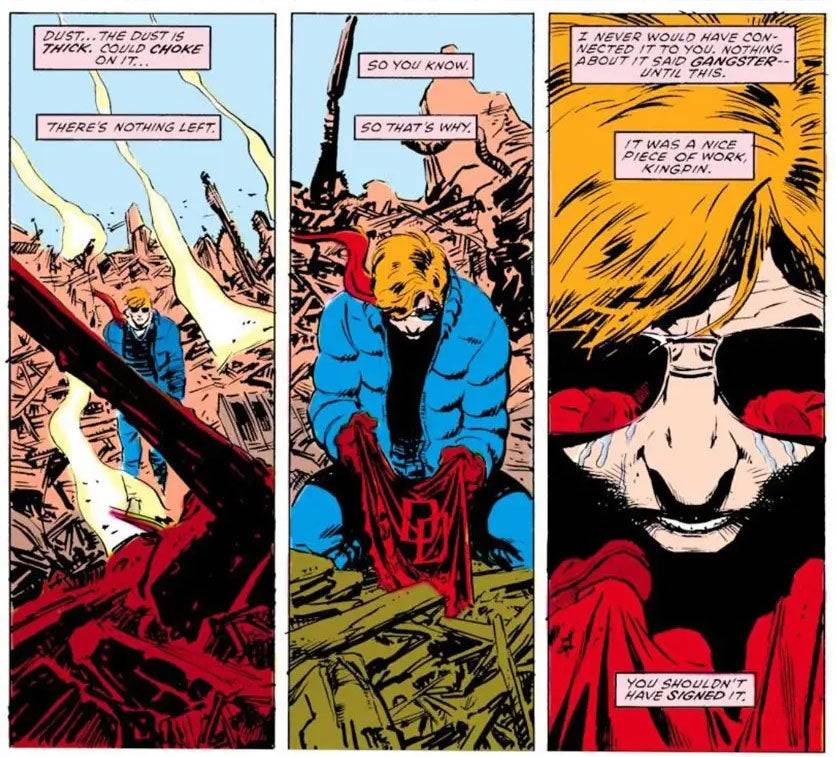
Secret Wars Changes Comics Forever
In Part 4 of this series, we discussed the Avengers/Defenders War of 1973 as a precursor to the event crossovers that became a staple of Marvel and DC's publishing strategy. The shift fully materialized in 1984 with Secret Wars, a 12-issue miniseries by then Editor-in-Chief Jim Shooter, with Mike Zeck and Bob Layton on art. Conceived as a marketing tie-in with Mattel's toy line, the story features the Beyonder teleporting a group of Marvel heroes and villains to Battleworld to determine the supremacy of good versus evil. While Secret Wars is known for its large cast and significant impact on the Marvel Universe, it often lacks depth in character development, particularly with the X-Men and Wasp's unusual pairing with Magneto. Despite its flaws, the success of Secret Wars led to a sequel, Secret Wars II, and, together with DC's Crisis on Infinite Earths, established the event story format as a dominant publishing model for the major comic companies.
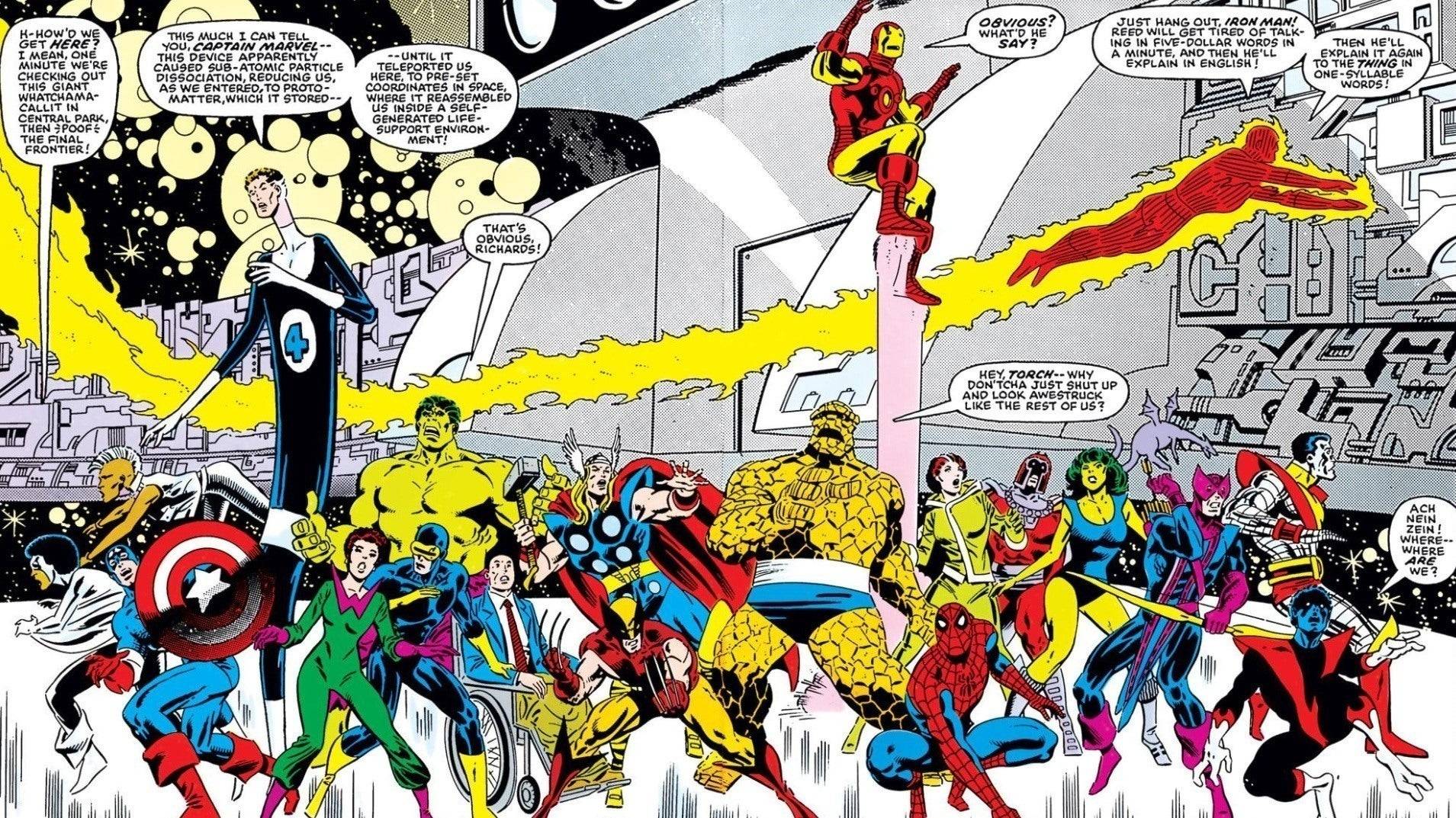
Secret Wars #1 Spider-Man’s Symbiote Suit and Other Iconic Spidey Stories
Following the foundational runs by Stan Lee and Gerry Conway, Roger Stern revitalized Amazing Spider-Man starting with issue #224. His significant contribution was the introduction of the Hobgoblin in issue #238, quickly establishing him as one of Spider-Man's most formidable adversaries. Stern's original Hobgoblin storyline was cut short due to his departure from the series after issue #251, leaving the villain's identity unresolved until his return in the 1997 miniseries Spider-Man: Hobgoblin Lives.
Concurrently, issue #252 of Amazing Spider-Man introduced Spider-Man's black symbiote costume, which originated on Battleworld as revealed in Secret Wars #8. This suit began a major subplot that eventually introduced one of Spider-Man's most iconic foes. The black costume has since become a fan-favorite and has been adapted into various media, including Spider-Man 3, Spider-Man: The Animated Series, Spectacular Spider-Man, and Insomniac's Spider-Man 2. Another significant story from this period is The Death of Jean DeWolff in Spectacular Spider-Man #107-110, a darker tale where Spider-Man hunts the Sin-Eater, who killed his ally Jean DeWolff, while clashing with Daredevil over justice.
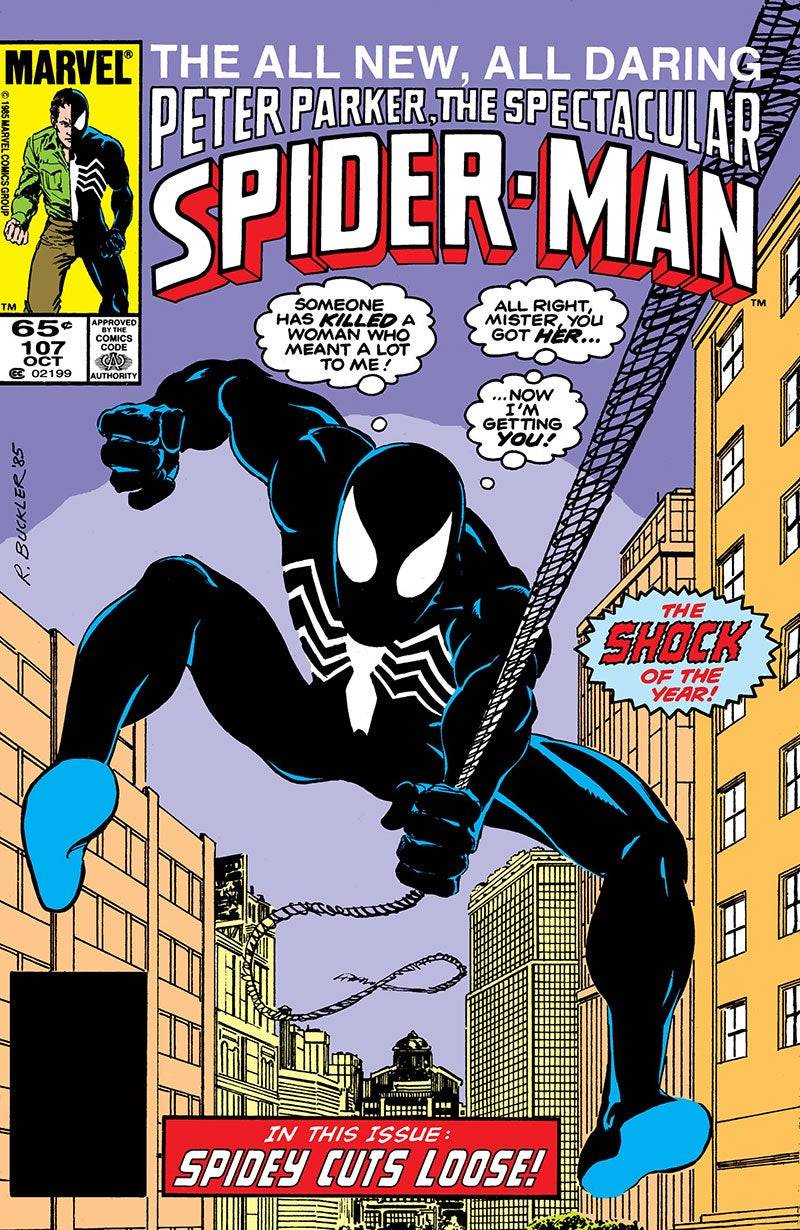
Spectacular Spider-Man #107 Jean Grey Returns, the Rise of Apocalypse, and Other Mutant Landmarks
The X-Men universe also saw significant developments during the mid-1980s. Vision and the Scarlet Witch #4 confirmed Magneto as the father of Quicksilver and Scarlet Witch, a retcon that lasted until 2015. X-Men #171 marked Rogue's transition from the Brotherhood of Evil Mutants to the X-Men, cementing her status as a beloved heroine. X-Men #200 featured Magneto's trial and subsequent leadership of Xavier's School, a plot adapted in X-Men '97.
The return of Jean Grey after the Dark Phoenix Saga in Avengers #263 and Fantastic Four #286 was a major event, with Jean having no memory of her time as Phoenix due to the Phoenix Force creating a duplicate body. This led to the formation of X-Factor with the original X-Men members. X-Factor #5-6 introduced Apocalypse, an ancient Egyptian mutant enhanced by Celestial technology, who became a central antagonist for the X-Men and was later featured in various adaptations, including X-Men: Apocalypse.
